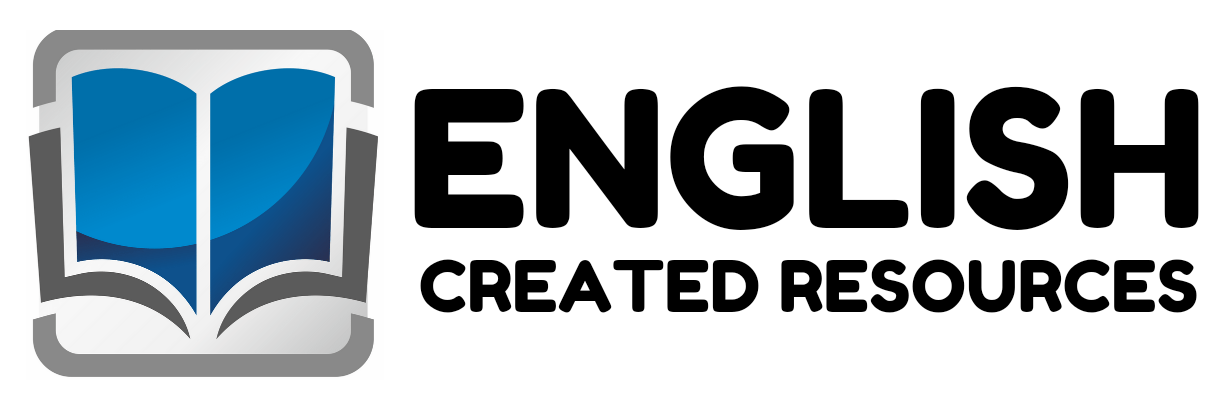Reading ComprehensionWord Family
Word Family Reading Comprehension Part 2
Word Family Reading Comprehension. According to the Oxford Learner’s Dictionaries, word families are a group of related words that are formed from the same word or a group of words with particular features in common.
Word Families are sometimes referred to as groups, chunks or rimes. A word family has something in common with each other, have it be the prefix, suffix or root word. For example, green, grass, grow all have the “gr” sound in the beginning of the word.
Word families are important because they help young children recognize and analyze word patterns when they are learning to read. When teaching analytic phonics, teachers use word families to help children understand these patterns and that certain words have the same letter combinations and sounds.
According to researchers Wylie and Durrel, there are 37 common word families: ack, ain, ake, ale, all, ame, an, ank, ap, ash, at, ate, aw, ay, eat, ell, est, ice, ick, ide, ight, ill, in, ine, ing, ink, ip, it, ock, oke, op, ore, ot, uck ,ug, ump, unk.
ack: back, hack, pack, rack
ain: brain, chain, main, plain
ake: awake, bake, cake, fake
ale: ale, bale, sale, tale
all: all, ball, call, hall
ame: blame, came, game, same
an: an, ban, can, pan
ank: bank, drank, sank, tank
ap: cap, map, rap, tap
ash: bash, dash, rash, sash
at: bat, cat, fat, mat
ate: fate, gate, late, rate
aw: claw, draw, paw, saw
ay: day, hay, may, say
eat: beat, feat, meat, seat
ell: bell, fell, tell, well
est: best, rest, vest, west
ice: dice, mice, nice, rice
ick: brick, kick, pick, sick
ide: bride, hide, ride, side
Word families are indeed an efficient way to get children reading. Once children learn these one-syllable phonograms then they will more easily be able to decode longer words, too.
Exposing your child to word families, teaching the use of these language patterns, and reinforcing the knowledge with rhyming games and activities will help your child learn to read.
Word families are indeed an efficient way to get children reading. Once children learn these one-syllable phonograms then they will more easily be able to decode longer words, too.
Exposing your child to word families, teaching the use of these language patterns, and reinforcing the knowledge with rhyming games and activities will help your child learn to read.
Word families, sometimes called phonograms or chunks, can really help emergent readers begin to understand our complicated, and often inconsistent, language by providing some predictable patterns within words. As you and I learned to read, we picked up these patterns effortlessly, and they still help us when we try to decode new words. When we direct our child’s attention to these same patterns, they too will be able to untangle the seemingly unrelated sounds of English.
Samples From the Worksheet
Encouraging children to identify rhyming words in a text is at the core of teaching about rhyming word families. Word family charts and games can be useful tools in this effort. For emergent or dyslexic readers, it may not be easy to identify rhyming words. In such cases, the teacher can guide them by emphasizing the similar sounding portions of final syllables in the words being taught. For example, the teacher can take a keyword such as ‘cat‘, and ask the children to find words that end with ‘at’.
Knowledge of word families helps children build vocabulary. Instead of memorizing spellings and meanings of all words, they learn how to spot patterns, identify root words, and understand their common meanings or sounds. This helps in word recognition leading to the development of their reading fluency.












